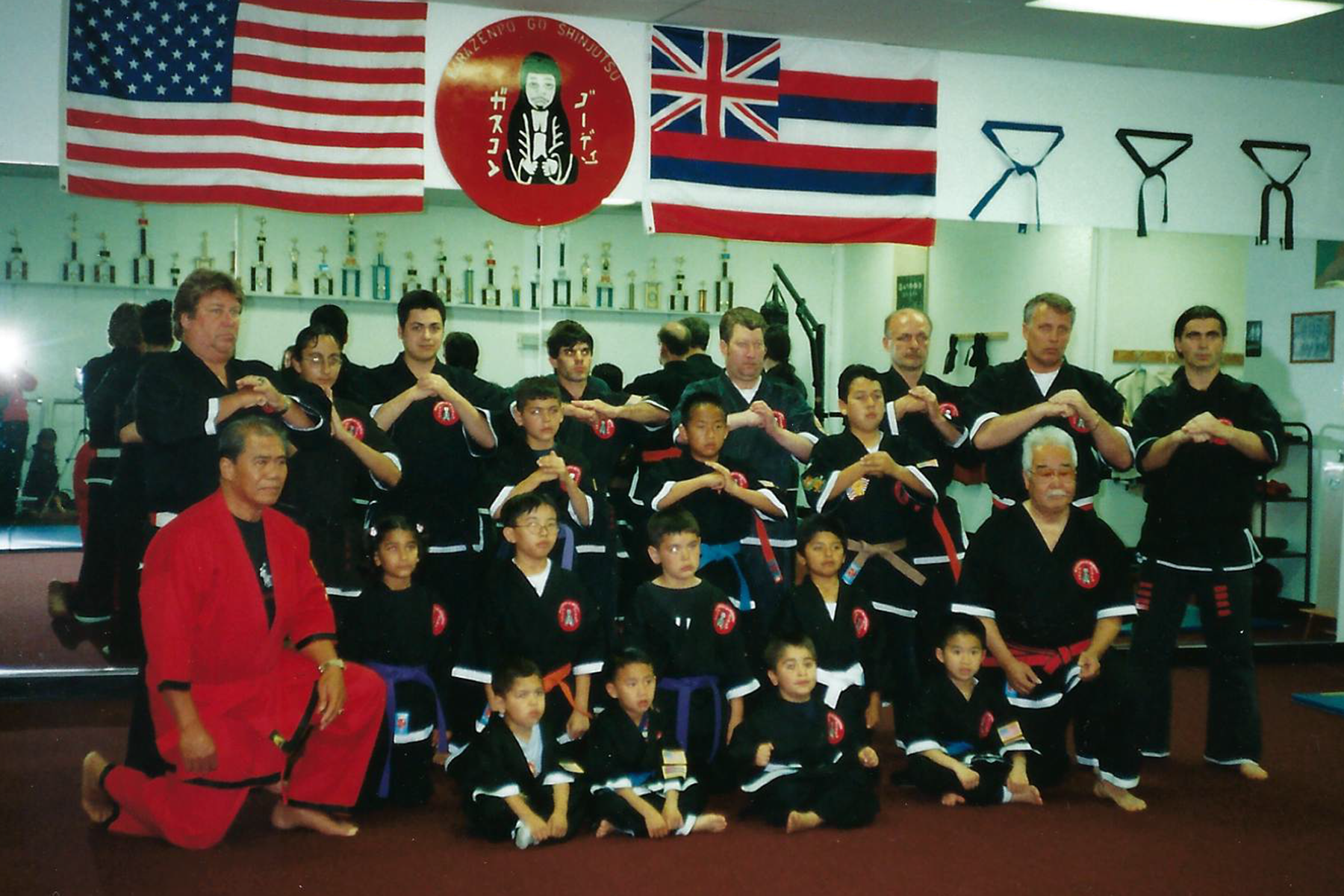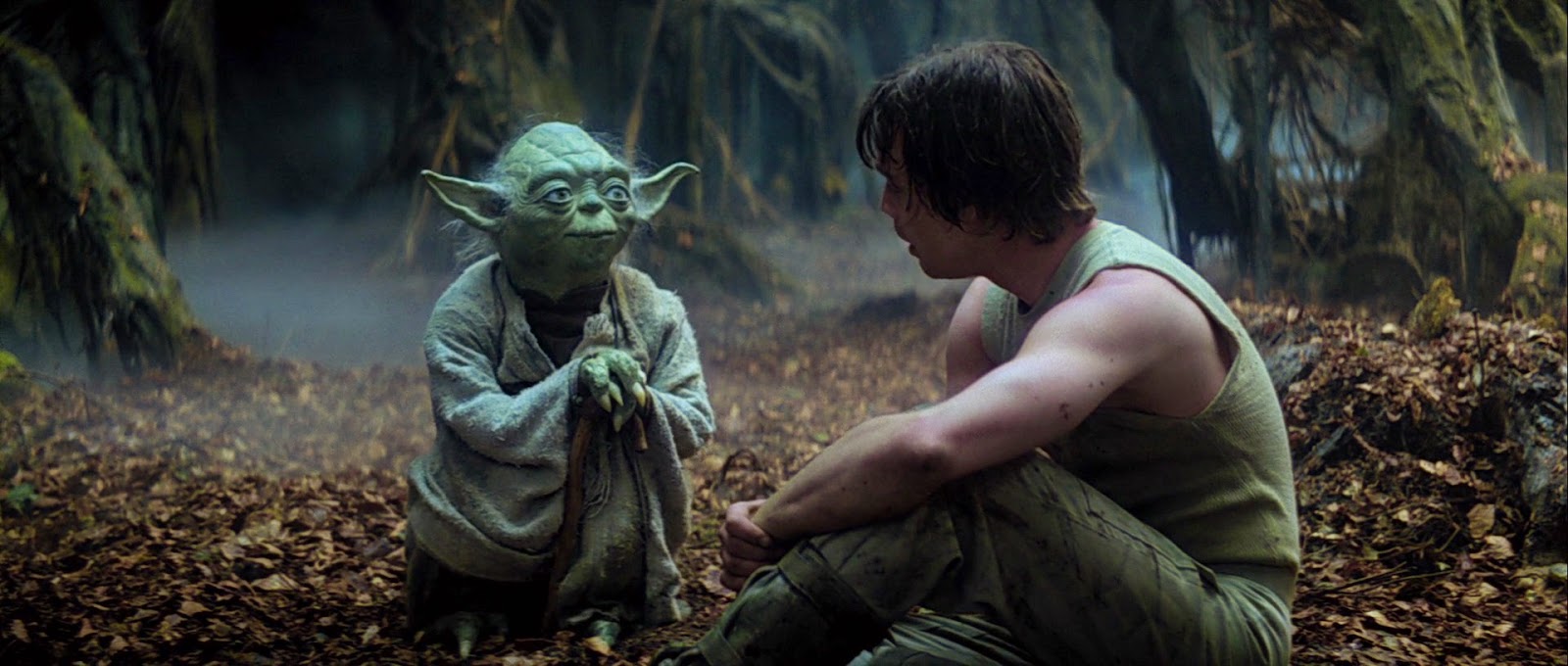Picture the scene—a grand European casino filled with well-dressed patrons. A strikingly handsome spy stands at the craps table. He replies to the waitress asking for his drink, “A martini, shaken, not stirred.” There is a difference between shaking and stirring—words and mindset matter. Eventually, the theme song begins, and some criminal attacks the heroic figure, where he prevails in the fight.
Many beginning students feel that speed in a technique is the key to success. Speed is the key to power, not execution. Speed can overwhelm an opponent, but it can also upset your rhythm if you don’t have proper balance and skillful execution. In practice, maintain a speed where you can comfortably perform each defense element. As part of your block and check, take the time to disrupt your opponent’s balance and mindset. Do not let fear dictate your movements or ruin your flow. The key to combat is to upset your opponent’s rhythm and balance. Here are four ways to do that:
1. Use Leverage To Unbalance Your Opponent
A significant concept in Kempo is maintaining and controlling the fight’s flow. In simple terms, you move their limbs like a handle and control where their head is. Put their limbs in an advantageous position for your attack or counterattack. The check is not just a sensor to detect their movement; it must be alive and active in the fight. Use your check to reposition the opponent into advantageous positions to set up your attack flow. When your opponent gives you a strike, it is a gift. Snatch it and use it.
2. The Hula Hip
One of my favorite techniques is a hula hip to the center of balance (a.k.a. Hara). When the human body loses balance, primal instincts force the person to address this and attempt to regain balance—often ignoring the need to defend an ongoing assault by you. This distraction is what we want, an opponent who doesn’t counterattack because he is attempting to regain their footing. Sometimes, they fall, and sometimes they become uprooted.
3. Displace the Hara or Drive to the Vortex
The Hula Hip is one aspect of displacing the Hara, but you can displace the Hara in other ways. I sometimes call this Drive to the Vortex. Many are familiar with the idea of the Centerline, the imaginary line that splits your body in half. That is the target line for attacks along the Y-axis. When you attack the X, Y, and Z axes in three dimensions, you should imagine the Hara is the zero point for all three axes. Your strikes will target that spot as the end point of the attack line. As the combatant, you want to drive all energy to that point to move it away from the opponent’s center of gravity. When the opponent’s center differs from the Hara, they are unbalanced and fall over. They stumble.
4. Shake Their Core or Limbs
You cannot only move a limb but also shake it. This movement of the limb unbalances and disrupts the opponent’s mental game. The Tiger Style teaches us to grab the muscle and vigorously shake it. This muscle shake is painful and throws off balance as the opponent curls up from the pain. Combine the shaking with these other concepts, and you can take advantage of the loss of balance in the opponent.
A confused mind eliminates the ability to formulate a counterattack and gives you time to defeat them. It gives you the time to do what you need, slowing the situation to a manageable speed. There should be no need to go super fast like in the movies. Control the combat, and you control the outcome. Shake the opponent up and reap the rewards.
But don’t we also use the Stir? Yes, but that’s for our Locking Style techniques. Stay tuned for that article.
Do you want to learn ways to play mind games in combat or a fight? Join our Karazenpo Go Shinjutsu program today. Enrollment in the class is limited so sign up now!



